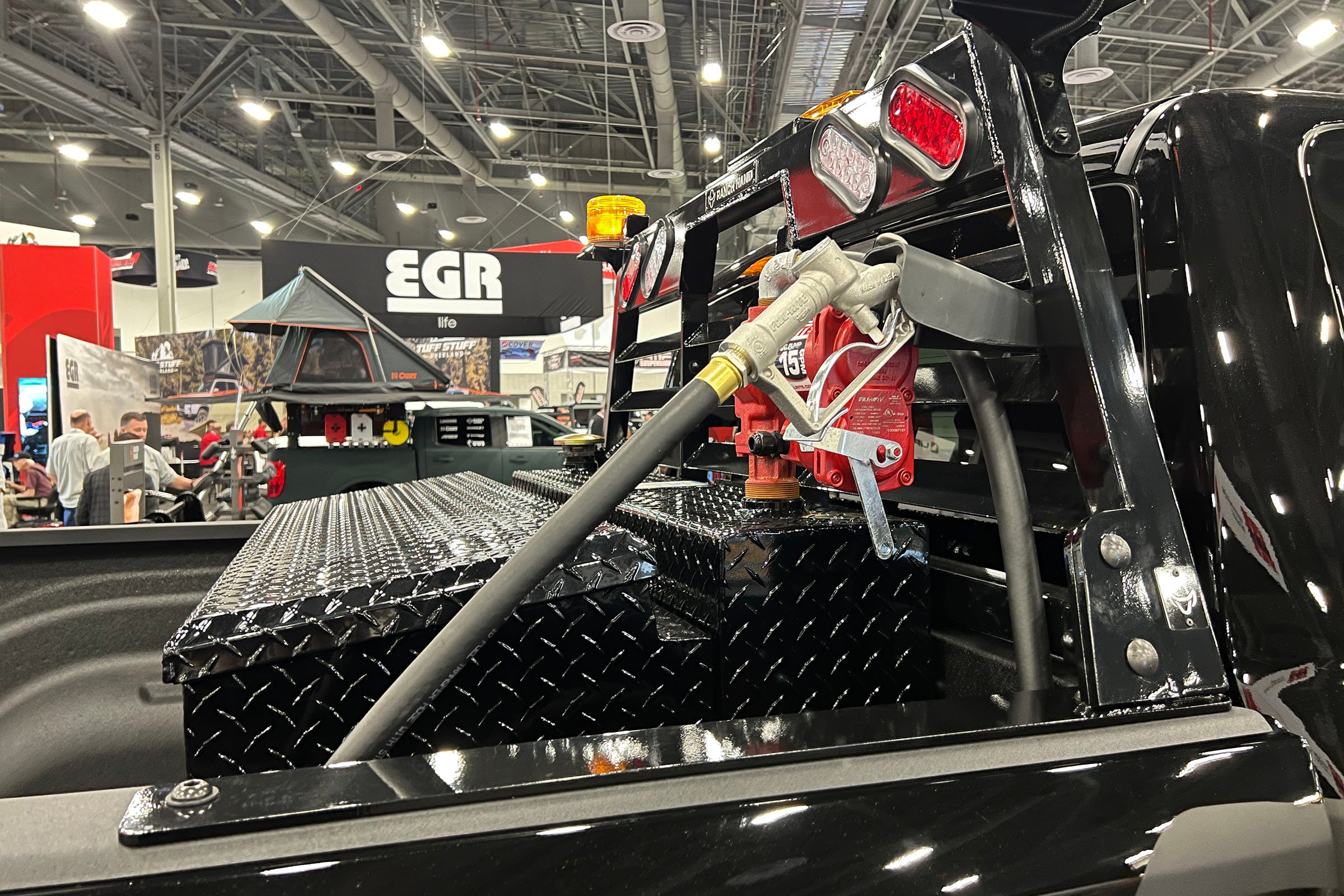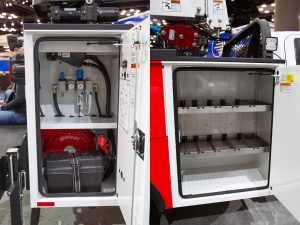
Sustainable Truck Farming and Mobile Agriculture: The Future is Rolling In
You’ve seen them. Maybe at a local farmers’ market, or parked in a vacant lot downtown. A vibrant, green-covered truck, overflowing with kale and herbs, selling produce right from the tailgate. It’s not just a quirky photo op. This is sustainable truck farming in action—and honestly, it’s one of the most exciting shifts in local food production we’ve seen in a long time.
Let’s dive in. We’re talking about a dynamic blend of old-school farming principles and new-age mobility. It’s about growing food sustainably and taking it directly to the people, bypassing the long, carbon-heavy supply chains of industrial agriculture. It’s agriculture that moves to the problem, rather than waiting for people to come to it.
What Exactly is Truck Farming? (It’s Not What You Think)
Historically, “truck farm” just meant a small-scale farm growing vegetables for market. But today, the term has been, well, supercharged. Modern sustainable truck farming literally involves trucks, trailers, and other mobile platforms. Think of it as agriculture on wheels.
This isn’t just a food truck that sells salads. We’re talking about the farm itself being mobile. The most common setups include:
- Upcycled Freight Containers: Shipping containers retrofitted with vertical hydroponics or aquaponics systems. They’re like little climate-controlled fortresses for lettuce.
- Trailer-Mounted Greenhouses: Small, towable greenhouses that can be moved with the seasons for optimal sun.
- Flatbed Micro-Farms: Rows of deep soil beds or grow bags built right onto a trailer bed. Simple, effective, and incredibly flexible.
The Core Principles of a Truly Sustainable Mobile Farm
Sure, putting plants on a truck is cool. But for it to be genuinely sustainable truck farming, it needs to be built on a few key pillars. It’s not just about being mobile; it’s about a whole different mindset.
1. Radical Resource Efficiency
Space, water, energy—you name it, a mobile farm uses less of it. By using hydroponics or aeroponics, these systems can use up to 95% less water than traditional field farming. Every drop is recirculated. Every watt of LED light is calculated. It’s farming with the precision of a watchmaker.
2. Zero-Kilometer Distribution
Here’s the real kicker. The average vegetable in the U.S. travels 1,500 miles to get to your plate. A mobile farm can park in a food desert—an urban area with limited access to fresh food—and cut that distance down to, well, zero. The fuel saved in transportation alone is a massive win for the planet.
3. Built-in Adaptability
Unexpected heatwave? Just move the farm into a shadier spot. Soil contamination in a vacant lot? No problem—the soil is in the truck. This mobility provides a resilience that fixed-location farms can only dream of.
Why Now? The Perfect Storm for Mobile Agriculture
This feels like a sudden trend, but the conditions have been brewing for years. It’s a solution that’s arrived right on time.
For starters, the demand for hyper-local food is skyrocketing. People want to know where their food comes from, and shaking the hand that grew your arugula doesn’t get more direct than this. Then there’s the urban land issue. Cities are short on space, but long on unused parking lots and rooftops—perfect real estate for a truck farm.
And let’s not forget technology. The cost of energy-efficient LEDs and automated climate control systems has plummeted, making it feasible for small entrepreneurs to get in the game. It’s a classic case of the right idea meeting the right moment.
The Real-World Impact: More Than Just Fresh Lettuce
Okay, so it’s efficient and cool. But what does it actually do? The impact, honestly, goes deeper than you might think.
First, there’s the educational angle. A truck farm is a rolling classroom. It can visit schools, community centers, and events, demystifying how food is grown for a generation of kids (and adults) who might think vegetables magically appear in plastic clamshells.
Then there’s the community-building power. These farms become hubs. They’re a place to gather, learn, and connect with your neighbors over something real. In a world that’s increasingly digital, that tactile connection to food and community is… priceless.
And of course, the benefits of mobile agriculture for food security are staggering. By bringing the farm directly to underserved neighborhoods, it addresses a critical social justice issue head-on.
| Traditional Farm | Sustainable Truck Farm |
| Fixed location, subject to weather/climate | Mobile, adaptable to conditions |
| High water usage, large land footprint | Extreme water efficiency, small footprint |
| Long, complex supply chain | Direct-to-consumer or hyper-local |
| Vulnerable to soil depletion & pests | Controlled, soilless environment |
Getting Started: Is Mobile Farming For You?
Feeling inspired? The barrier to entry is lower than you’d think. You don’t need a thousand acres. You need a solid plan, a vehicle, and a green thumb. Here’s a rough roadmap.
- Find Your Niche: Don’t try to grow everything. Focus on what grows well in your climate and what your local market lacks. High-value herbs, microgreens, and specialty lettuces are popular starting points.
- Choose Your Platform: Start small. A used cargo trailer or a flatbed truck can be a perfect canvas. The goal is to get growing, not to build a spaceship on day one.
- Master Your Method: Decide on your growing system. Hydroponics is great for water savings, but deep soil beds on a trailer can be simpler and more forgiving for beginners.
- Navigate the Rules: This is the tricky part. Zoning laws and health department regulations weren’t written for farms on wheels. Do your homework. Talk to your local officials early and often.
- Connect & Sell: Build relationships. Partner with local restaurants, commit to a farmers’ market slot, or set up a CSA (Community Supported Agriculture) model where people subscribe to weekly produce boxes.
It won’t be easy. There will be breakdowns—both mechanical and botanical. But the journey is part of the reward.
The Road Ahead
So, where does this all lead? Imagine a fleet of these mobile micro-farms, each a node in a decentralized, resilient local food network. They could respond to disasters, rolling into areas where the food supply has been cut off. They could follow the sun, or the demand, in a continuous, sustainable loop.
Sustainable truck farming and mobile agriculture aren’t just a niche. They are a powerful, agile response to some of our biggest challenges: climate change, food deserts, and a disconnected food system. It’s a quiet revolution, humming along on four wheels, bringing life and nourishment right to our doorstep. And it’s just getting started.



Average Rating